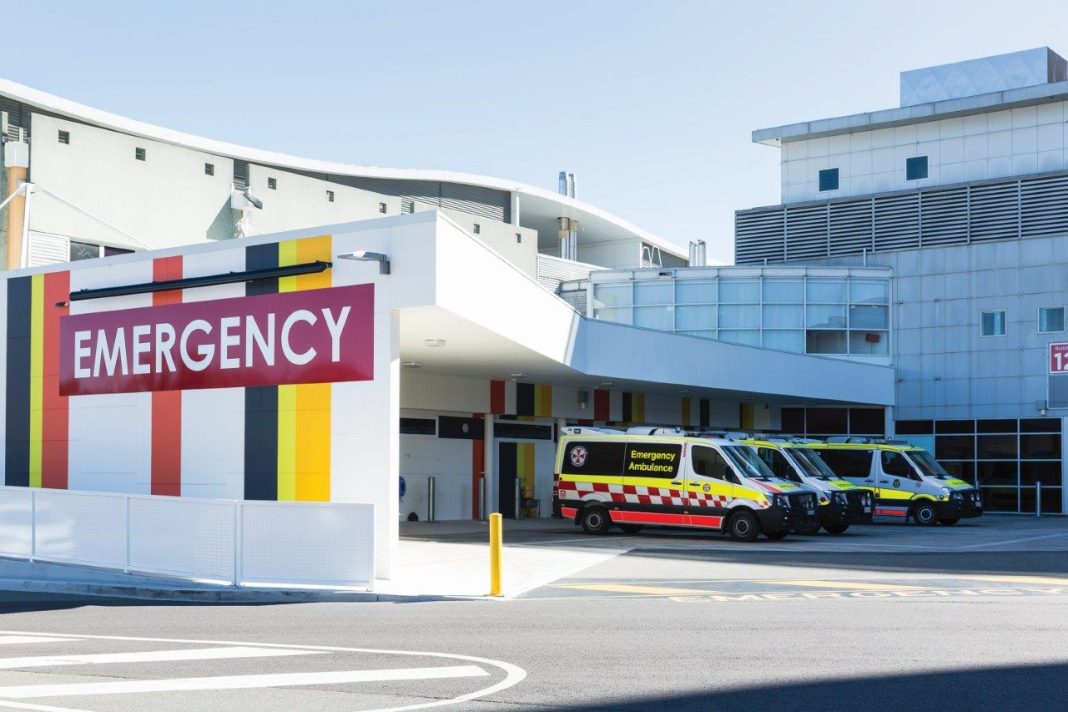ACT health minister Rachel Stephen-Smith must fix Emergency Department wait times by having 70 per cent of patients seen within clinically acceptable times, the Canberra Liberals say.
Ms Stephen-Smith promised in 2021 to do so within nine months: “Our target – and the national target – is 70 per cent. We are nowhere near that at this point in time. We want to get to that target within nine months.”
But, says Leanne Castley, Deputy Opposition Leader and Shadow Minister for Health, three years later, ACT emergency department wait times are still among the worst in the country.
Ms Castley believes this is because the Labor-Greens government is well behind delivering promised hospital infrastructure, and because it has become harder and more expensive for Canberrans to access GP services.
“Every year, we hear new excuses from the Health Minister about what she is doing to fix this crisis,” Ms Castley said.
“After a decade below the national average and next to no improvement, Canberrans are tired of excuses and spin from this government.”
According to the Productivity Commission’s recent Report on Government Services (ROGS):
- only 51 per cent of ED patients were treated within clinically recommended wait times, well under the national average of 65 per cent, and only marginally up on the 2021–22 figure of 48 per cent.
- only 47.9 per cent of patients stayed in ED for four hours or less, compared to a national average of 55.8 per cent. This was the worst performance of all jurisdictions on measures of patients’ length of time in the ED, Ms Castley observed.
- the ACT was the worst jurisdiction for treating Indigenous people within recommended ED wait times and on time spent in ED: 50 per cent, compared to the national average of 67 per cent. (Ms Stephen-Smith has said that the ACT’s smaller Aboriginal and Torres Strait Islander population makes it difficult to compare with other jurisdictions. Moreover, the ACT’s rates for seeing Indigenous ED patients is on a par with seeing non-Indigenous patients, although both are below the national average.)
- elective surgery waiting times had ballooned: 30 per cent of patients in public hospitals were not admitted within clinically recommended times, up from 24.6 per cent in 2021-22 and 15 per cent in 2020-21. The government has said that the rollout of the Digital Health Record and the Calvary Theatre fire caused delays.
- the ACT has the lowest ratio of GPs to 100,000 people of any major Australian city, which Ms Castley says puts even more pressure on emergency departments.
“Every year the Labor-Greens government has managed the health system, it has performed worse than the national average,” Ms Castley said.
Health minister’s response
“What this data does not specifically show and what the Canberra Liberals are not willing to acknowledge is that we have continued to see improvements with Emergency Department performance,” Ms Stephen-Smith said. “Every health system is under pressure and while other jurisdictions are seeing their wait times worsen, the ACT is making improvements.
“The ACT has seen improvements in the proportion of patients seen on time increase from 48 per cent in 2020-21 and 2021-22 to 51 per cent in 2022-23. The latest AIHW report also showed the median waiting time in the ED significantly decreased.
“The full-year 2022-23 data disguises improvements that were made through the year, with April-June 2023 Emergency Department figures tabled in the Legislative Assembly last year showing around 60 per cent of patients starting treatment on time.
“More data from July to December 2023 shows continued improvement in Emergency Department seen on time numbers.
“Of course, there are areas across the health system that require more focus from Canberra Health Services but it is important to recognise there have been improvements. This upward trend is a reflection of the hard work and commitment shown by staff across the ACT public health system.”



